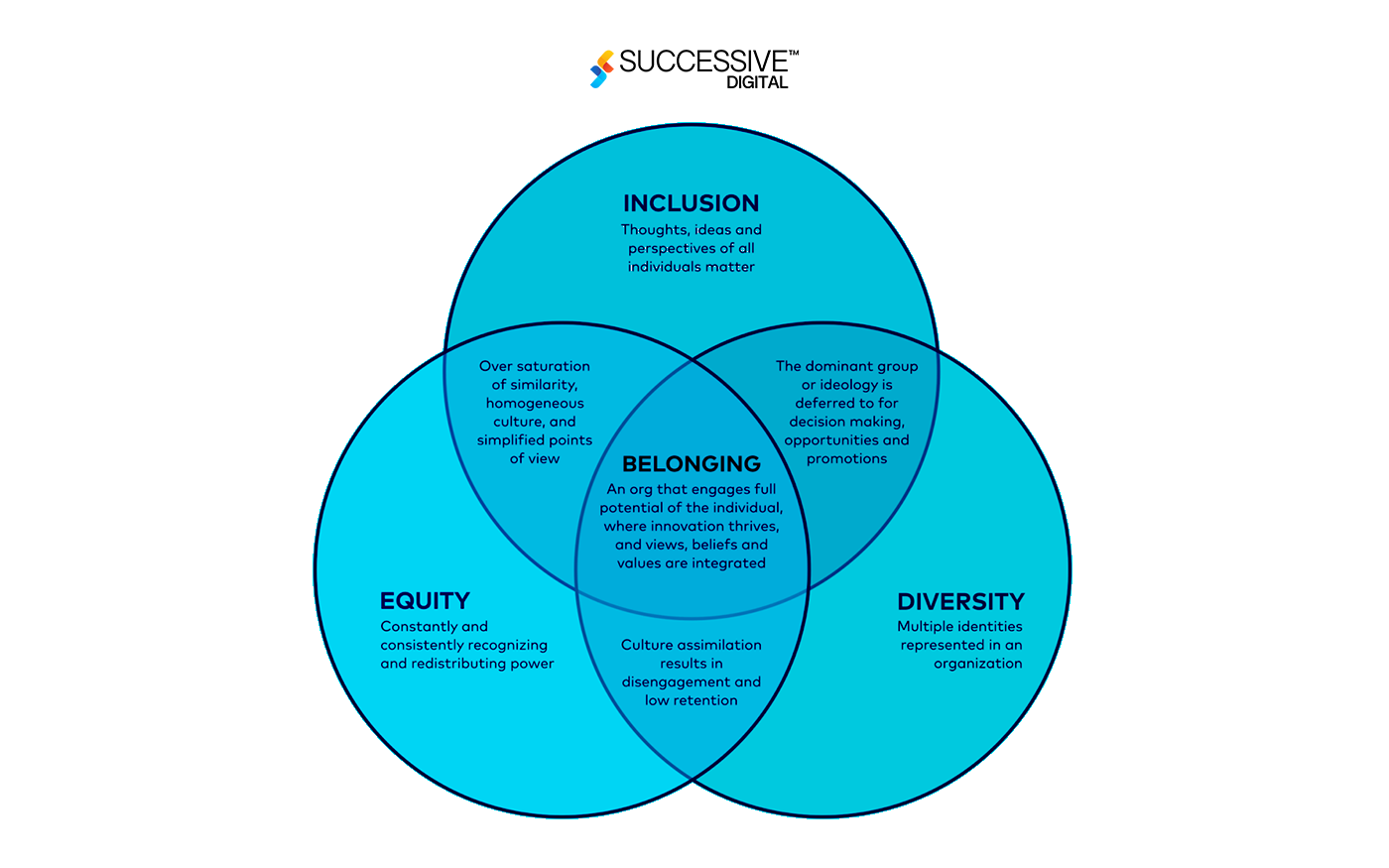In an increasingly more interconnected industrial revolution, in which companies maximize their operations throughout borders and cultures, the role of cross-cultural competency in leading over an advanced and inclusive customer experience cannot be overstated. Global enterprises span many industries, serving customers from various cultures with unique needs, possibilities, and communication methods. This blog explores the vital function of enhancing CX by highlighting the importance, demanding situations, and modern-day examples of companies efficiently leveraging cultural expertise to create and examine sustainable customer satisfaction.
Understanding Cross-Cultural Competence
Cross-cultural competence refers to individuals’ and businesses potential to communicate effectively across cultures. This includes a range of competencies: cultural awareness, cultural sensitivity, and cultural awarness. The multicultural dynamics of consumer interest is a vital issue that affects how large enterprises engage with their worldwide user base.
Significance of Cross-Cultural Competence in Customer Experience
- Cultural Awareness:
Understanding the nuances of different cultures is essential to achieving a superior customer experience. Cross-cultural competence allows companies to assess and recognize cultural diversity, avoiding unintended misunderstandings that disappoint customers.
- Effective Communication:
Multicultural competence supports effective language exchange. Global companies focusing on knowledge and cultural communication channels can tailor their messages to multiple audiences, ensuring clarity and skipping potential misinterpretations.
- Building Trust and Confidence:
Trust is the driving force behind successful customer relationships. Cross-cultural competence enables global enterprises to create impressions demonstrating appreciation for cultural norms and values. Consumers are likelier to engage with brands that consider and recognize their cultural context.
- Customizing Products and Services:
Different cultures have different tastes, preferences, and expectations. Companies that adapt their products and services to local cultural alternatives are better positioned to meet their customers’ expectations, in particular, and increase customer satisfaction and loyalty.
- Dealing with Cultural Challenges:
Working in different cultures certainly comes with challenges. Cross-cultural competency allows companies to navigate and overcome these complexities, creating a more flexible and adaptive, and inclusive CX approach.
Also read – Future of Customer Experience
Challenges in Developing Cross-Cultural Competence

- Diversity within Cultures:
Recognizing that cultures are not homogenous and that there are versions inside each culture is vital. Implementing techniques considering subcultures and local differences is critical for adequate cross-cultural competence and inclusive CX.
- Language Barriers:
Language is a crucial thing of subculture, and overcoming language limitations is usually a big assignment. Global enterprises should invest money into language talents and translation services to ensure robust verbal exchange with clients from diverse linguistic backgrounds.
- Stereotyping:
Falling into the trap of cultural stereotypes can avert cross-cultural competence. Businesses ought to avoid making assumptions about people primarily based on their cultural background and, as an alternative, focus on knowing each client’s specific options and behaviors.
- Training and Education:
Developing cross-cultural competence requires ongoing education and training. Many organisations work to impart comprehensive education programs that address the cultural contexts wherein they operate.
Successful Cross-Cultural Competence in Customer Experience
McDonald’s Localization Strategies:
Global fast-food giant McDonald’s has successfully used local strategies to tailor its menu to regional tastes. For example, in India where a large proportion of the population avoids red meat, McDonalds offers a menu dominated by vegetarian option and this approach shows an understanding of local culture, and helps to provide, food choices customer find joy to experience.
Airbnb Cultural Experiences:
Airbnb has embraced cross-cultural competency by creating “experiences” that allow vacationers to participate in real games organized through community members. These events range from cooking instruction to guided tours and provide a platform for cultural exchange. By facilitating these connections, Airbnb contributes to the cultural element of travel, offering consumers a new, beautiful, and inclusive CX.
IKEA’s Adaptation to Cultural Preferences:
Swedish furniture giant IKEA adapts its supply chain to accommodate the design choices of different cultures as part of its global enterprises strategy. For instance, within the United States, where large residential buildings are not uncommon, IKEA offers furniture solutions to cater to a broad range of interiors. In contrast, in Japan, where living areas are smaller, the company offers space-saving solutions. This flexibility demonstrates a commitment to understanding and meeting the unique preferences of different customers.
Netflix’s Localization Efforts:
Netflix takes a creative approach to local content, adapting content to cultural preferences of its global audience. This includes dubbing and subtitling in multiple languages in addition to creating unique location-based content. By adapting its service to different cultures, Netflix assures that its subscribers around the world have a customized and exciting viewing experience.
A Strategic Imperative for Global Enterprises
For global enterprises, cross-cultural competency is essential in increasing customer satisfaction. Understanding and navigating multiple cultural locations is critical to building trust, communicating effectively, and designing products and services to meet the specific interest of consumers across the borders. While there are challenges in increasing cultural competence, examples of success from business leaders demonstrate the tangible benefits of investing in cultural competency. As organizations grow globally, prioritizing multicultural competencies can become essential for delivering better customer experience and enhancing long-term customer loyalty.












